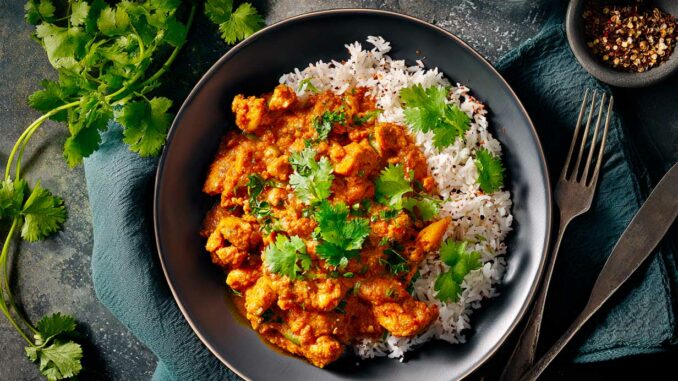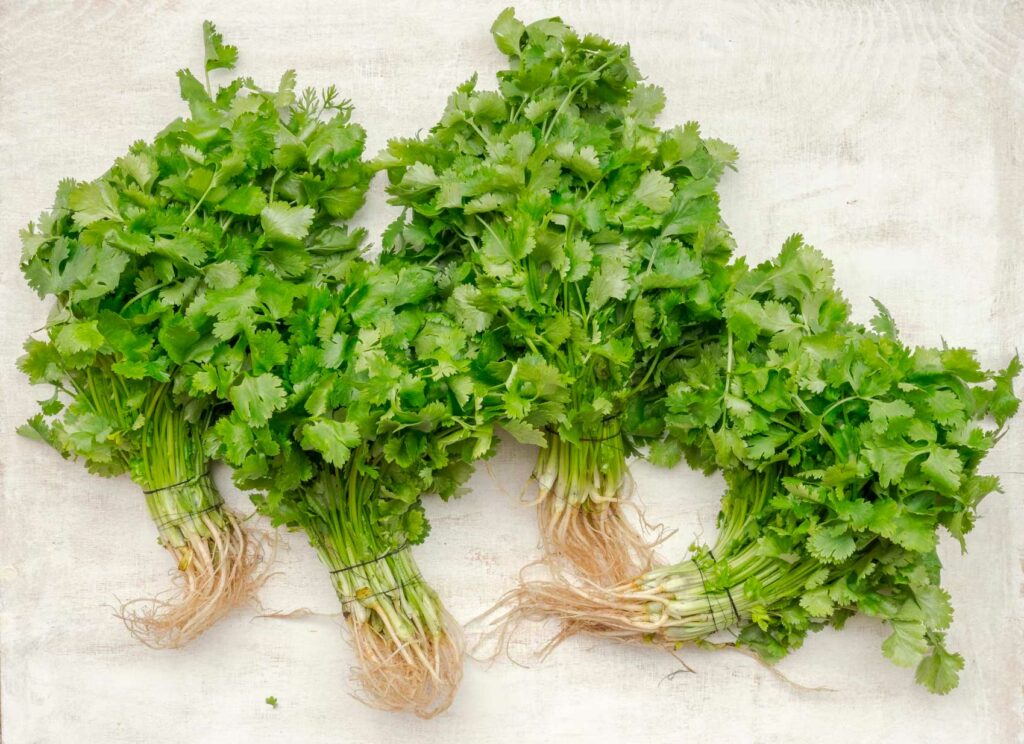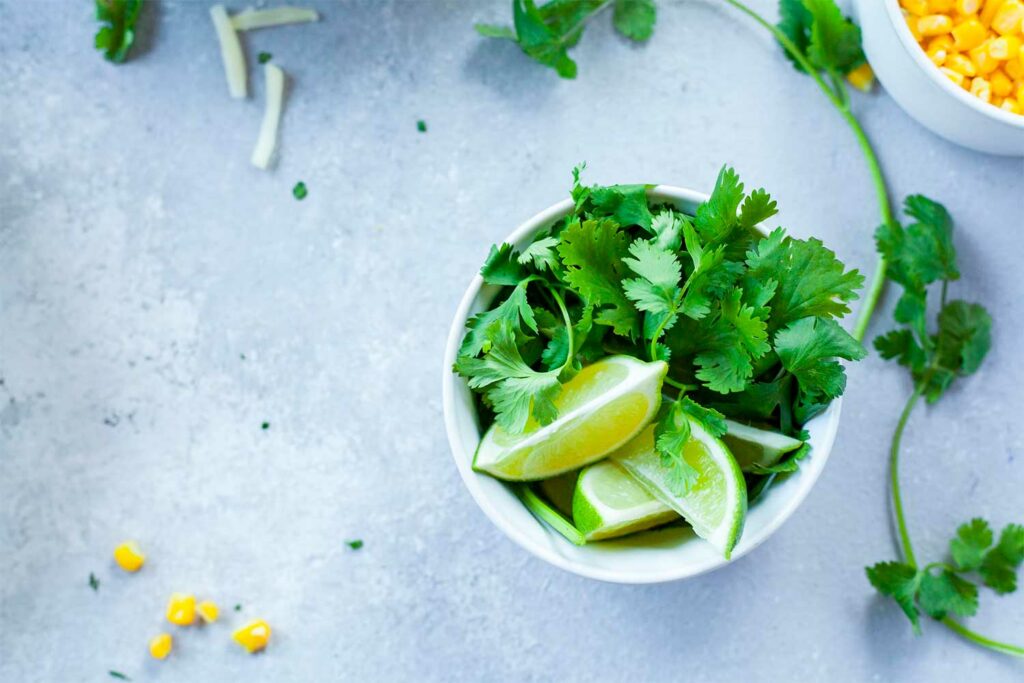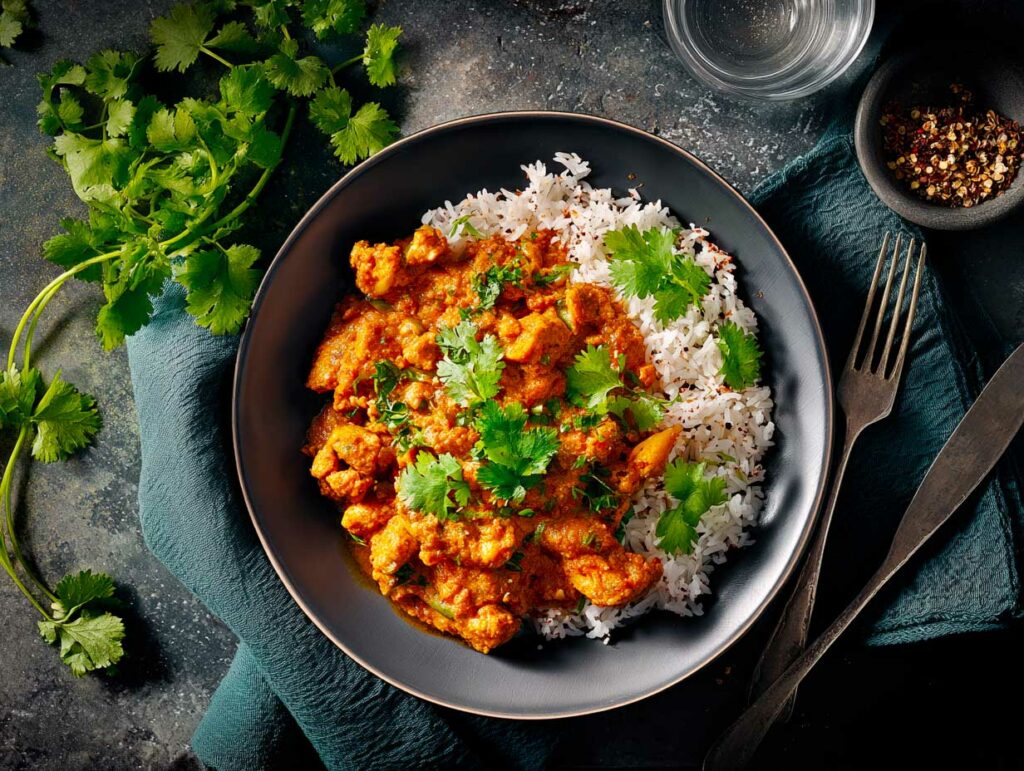
Why coriander is central to Indian cuisine: from pantry staple to sensory signature, across techniques, regions, genetics, and modern chef-driven dishes.
Few ingredients spark stronger opinions than coriander. In much of the world, people either champion its citrusy freshness or recoil from a soapy aftertaste. In India, however, coriander—known as dhaniya—is neither garnish nor afterthought: it is a structural ingredient used as seed, powder, and leaf at different stages of cooking. This article unpacks how coriander underpins everyday Indian cooking, why its flavor divides global palates, and how chefs reinterpret it today. We explore culinary techniques, regional specialties, linguistic quirks around the term “cilantro,” cultural traditions, and even a recent campaign to proclaim coriander as India’s national herb.
The Indian Pantry’s Understudy: Always There, Rarely Headline
Why coriander anchors everyday cooking
Open a home kitchen in Delhi, Kochi, or Ahmedabad and you’ll encounter the same dependable trio: turmeric, red chilli, and ground coriander, often partnered with cumin. Unlike turmeric’s flamboyant color or chilli’s heat, coriander works in the background. Toasted lightly and ground, the seeds contribute a warm, nutty backbone that supports vegetables, pulses, and slow-cooked meats. As a powder, it builds body in gravies and brings a faint lemony lift; as a fresh herb, it offers the final high note that completes a dish without overwhelming it. In a culture of layered flavors, coriander is the throughline that binds spice, sourness, and texture.
Across South Asia, dhaniya joins forces with classic pairings that cooks know by instinct. There is dhaniya-jeera, the ubiquitous coriander–cumin mix used in countless dry sabzis; dhaniya-mirchi, the bright green chutney of coriander and green chilli that accompanies snacks; and dhaniya-pudina, a mint-forward variant that reads as cooling and herbaceous. Vendors routinely tuck a small bouquet of coriander into market bags, acknowledging its daily utility. In other words, coriander is not decoration—it is architecture.
Within this culinary architecture, coriander helps define balance, a principle that explains why Indian cuisine travels so well. The herb and seed harmonize with fat, acidity, and heat: coriander seed softens onion sweetness; fresh leaves temper chilli; powder thickens tomato-based sauces. The technique is simple but precise: dose, taste, and adjust until the dish hums.

One Plant, Two Names: Cilantro, Coriander, and Cultural Semantics
How terminology shapes perception
Language around the plant complicates its global reception. In the United Kingdom and much of Europe, “coriander” generally refers to the entire plant: seed, stem, and leaf. In the United States, “cilantro” denotes the fresh herb, while “coriander” means the dried seeds. The distinction is more than vocabulary; it reflects how cooks deploy each form. The seed’s aroma is warm, nutty, and faintly citrus; the leaf is bright and green, with volatile compounds that dissipate quickly when heated. Indian cooking uses both, often in the same recipe but at different moments: seeds bloom in hot oil at the start; leaves crown the dish seconds before it reaches the table.
This dual identity explains why coriander feels indispensable in Indian kitchens. It is both herb and spice, with roles that are complementary rather than interchangeable. Misunderstandings arise when a recipe calling for seed is garnished only with leaves, or vice versa. Treat them as two distinct ingredients that happen to share a name and you’ll cook more confidently.
Technique is Destiny: From Tadka to Chutney
The methods that unlock flavor
Indian cooking relies on technique to extract, preserve, and layer aroma. One foundational method is tadka, the tempering of whole or crushed spices in hot oil or ghee so they release fat-soluble aromatics. Coriander seed—lightly crushed—can join mustard seeds, cumin, or fenugreek in a tadka to perfume dals and vegetable dishes. Because the seed’s essential oils are delicate, a brief sizzle is all it needs before the fat is poured over the dish or the spices are stirred into an onion–tomato base.
Ground coriander behaves differently. Added early with turmeric and chilli, it helps thicken the masala and lends a soft acidity that rounds the edges of heat. In slow-cooked gravies, a second small addition late in the process can refresh the aroma. Fresh dhaniya leaves, meanwhile, belong at the finish or in cold preparations: chutneys, salads, raita. When blitzed with green chilli, ginger, lemon, and a touch of oil, coriander becomes a bright, emulsified sauce that cuts through fried snacks and rich curries alike.
Cooks also use the plant “nose-to-tail.” Stems are intensely flavored and perfect for grinding into marinades; in some regional kitchens, finely cleaned roots lend earthy depth to long-simmered sauces. Treat stems as an ingredient, not a trimmings bin, and you widen your flavor vocabulary without extra cost or effort.
A Regional Lens: Many Indias, Many Corianders
How geography and history shape usage
Coriander’s role shifts as you travel. In Gujarat and Maharashtra, coriander–cumin blends anchor dry vegetable dishes and snack masalas. In Punjab, fresh bunches meet dairy-rich sauces and grilled meats, where the herb’s citrus lift balances ghee and smoke. In coastal Karnataka and Kerala, coriander joins coconut—fresh or roasted—to create chutneys and masalas that feel both lush and light. Across the east, cooks fold coriander into yogurt-based sauces and celebratory rice dishes; in parts of central India, local preferences yield coriander-forward gravies with a green hue and a bright, savory aftertaste.
Histories of migration and courtly cuisine leave their mark as well. Rezala—best known in Bengali and Awadhi repertoires—can appear in Bhopal with a notable coriander signature, evidence of how local taste steers an imported idea. These regional choices underscore coriander’s adaptability: it can deepen, freshen, or thicken, depending on the dish’s spine. That plasticity is why dhaniya avoids boredom despite daily use; the same ingredient reads differently from one kitchen to the next.
Why Some Taste Soap: The Science Behind a Polarizing Herb
Genetics, memory, and exposure
Coriander’s detractors often describe a soapy, metallic taste. Research points to genetic variants near an olfactory receptor called OR6A2 that make certain people more sensitive to aldehydes present in the herb’s aroma. Genes aren’t the whole story—culture and exposure matter—but they help explain the divide. People raised with coriander-rich foods, especially in South Asia, tend to report less aversion, likely because repeated exposure tunes perception and because cooks use the herb more judiciously, layering seed, stem, and leaf rather than dumping handfuls of raw leaves at the end.
Social media has turned the divide into a meme, complete with an annual “I Hate Coriander Day” on 24 February. The humor is harmless, but it can flatten nuance. In practiced hands, coriander is not a blunt garnish but a set of tools—seed, powder, stem, and leaf—each used intentionally. If coriander tastes harsh, it’s often the fault of imprecise handling: old leaves, excessive heat, over-chopping, or combining with clashing aromas. Freshness, timing, and context turn skeptics into agnostics, if not fans.

Chefs as Interpreters: From Street Wisdom to Michelin Stars
Contemporary voices shaping coriander’s future
Several prominent chefs argue for coriander’s rightful place at the center of the conversation. One of India’s best-known culinary personalities, Ranveer Brar, helped spark a public debate in 2022 by championing dhaniya as a symbol of everyday deliciousness—an ingredient worthy of recognition, not just routine. His point resonated: coriander is affordable, accessible, and embedded in daily cooking, yet rarely lauded.
Abroad, Indian chefs have reimagined coriander with a modern lens. Michelin-starred chef Garima Arora in Bangkok treats the herb as a color, texture, and temperature all at once. She might process stems into a vivid oil, fold it back into a dish to create a “green” note, then add fresh leaves for a final burst. The lesson for home cooks is clarity of intent: decide whether you want coriander’s warm seediness, its herbal brightness, or a dialogue between the two, and choose the form—and the moment in cooking—that serves that goal.
Coriander’s versatility also makes it a natural partner for global techniques. Think coriander-seed butter for roasted carrots; coriander-stem salsa verde for grilled fish; or a yogurt sauce blitzed with leaves and stems to spoon over spiced chickpeas. None of these are traditional, yet all are faithful to the ingredient’s spirit: amplify flavor, add lift, and finish with finesse.
Beyond Flavor: Kitchen Medicine and Everyday Practicality
How tradition and frugality converge
Long before modern nutrition science, South Asian households used coriander in simple remedies—paired with fennel after heavy meals, or blended into cooling drinks during hot months. While such practices belong to culture rather than clinical advice, they hint at why coriander feels essential: it is practical. The plant is inexpensive, widely available, and entirely usable. Leaves, stems, seeds, and sometimes roots all find a place; waste is minimal. That “whole-plant” mindset mirrors today’s sustainability goals, but it has been everyday logic in Indian kitchens for generations.
Practicality extends to technique. Stems store well in an airtight container wrapped in a damp towel; leaves stay perky when washed, spun dry, and chilled. Seeds keep for months in a cool cupboard; toast lightly before grinding to wake them up. A small jar of coriander–cumin powder made at home outperforms most commercial blends, which often dull with time. Treat coriander like a fresh staple, not a last-minute flourish, and your cooking becomes both brighter and more coherent.

An Editorial Coda: Giving Coriander Its Due
Why this “quiet ingredient” deserves the spotlight
Coriander’s true value is not bombast but balance. It rarely steals the show; it makes the show work. Seed, powder, stem, and leaf each carry a different register—bass, baritone, alto, soprano—and skilled cooks compose with all four. That is why coriander is woven through home kitchens, street carts, and celebrated dining rooms across India. It connects techniques like tadka and chutney to regional identities from Punjab to the Konkan, and it adapts effortlessly to contemporary kitchens far beyond South Asia.
The global debate over cilantro versus coriander, soap versus citrus, is part science and part storytelling. The science explains perception; the storytelling shapes how we cook. Give coriander fresh attention and it rewards you with clarity: roasted spices that smell nutty rather than acrid; herb sauces that taste of cool shade and sunlight; balanced curries with lift, not lethargy. Call it coriander, call it cilantro, call it dhaniya. In Indian kitchens, it simply means dinner done right.
Cook in France is your independant source for food in France.